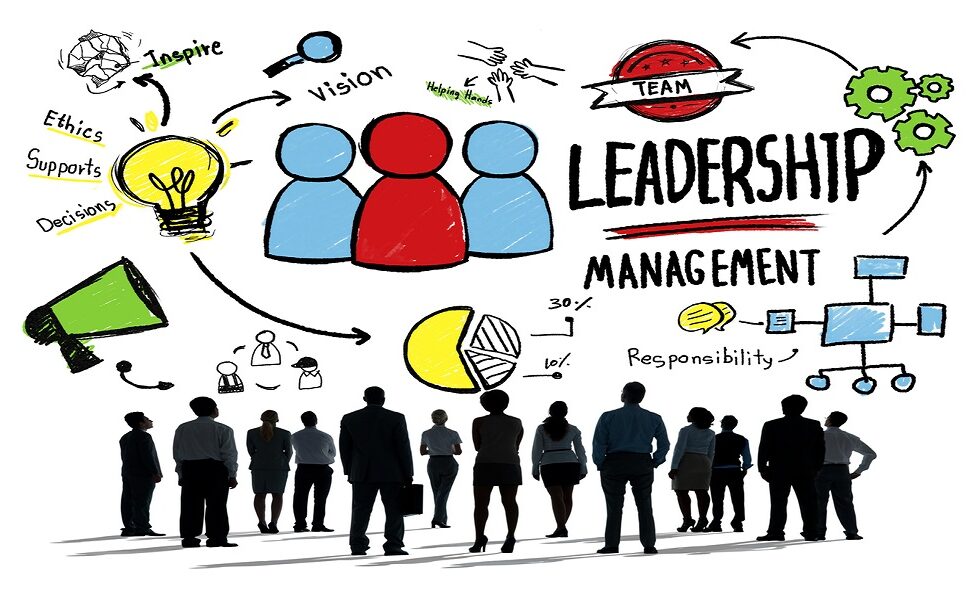The Evolution Of Leadership And Management

LINKS TO CONTENT
ToggleIn today’s ever-changing and competitive business environment, the concepts of leadership and management have taken on new meanings. The traditional approach to managing people is becoming outdated. Organisations are shifting towards team-based structures. They are placing more emphasis on collaboration and innovation. There are emerging differences between leadership and management. We will briefly look at the history of management, the emergence of team leadership, and the changing needs of teams in the 21st century.
Leadership and management are often used interchangeably. However, they represent distinct approaches to guiding and directing teams. In the past, although some blurred boundaries, there remained a gulf between the function of a leader and a manager. This boundary is now completely blurred. The direction of travel is to think of traditional managers as team leaders. A wholly improved dynamic.
Leadership is about influencing, inspiring, and motivating people to achieve a shared vision or goal. Leaders possess the ability to rally individuals around a common cause. They can empower them to take ownership of their work and foster a sense of trust and commitment.
Management, on the other hand, is focused on planning, organizing, and controlling resources (including people) to achieve specific objectives. Managers are responsible for implementing processes. They establish structures and ensure tasks are completed on time and within budget.
While both leadership and management are necessary for organizational success, the balance between the two has evolved. In the following sections, we will explore how the concept of management has shifted. We will look at how leadership is emerging as a more effective approach to leading teams in the modern workplace.
The concept of management can be traced back to the Industrial Revolution. This was when organizations needed efficient structures and processes to coordinate large numbers of employees. Early management theories focused on scientific management, bureaucracy, and hierarchy, emphasizing control and compliance.
In the early 20th century, Frederick Winslow Taylor pioneered the concept of scientific management, which sought to optimize productivity through the standardization of tasks and processes. This approach viewed workers as interchangeable parts within a larger system, prioritizing efficiency over individual creativity or autonomy.
Max Weber’s theory of bureaucracy emphasized the importance of structure and hierarchy in organizations. Weber argued that a bureaucratic system, characterized by clear roles, rules, and a chain of command, was necessary to ensure stability and order.
The human relations movement, led by researchers such as Elton Mayo and Abraham Maslow, shifted the focus from efficiency and control to the importance of social and psychological factors in the workplace. This movement acknowledged the need for more human-centred approaches to management, emphasizing employee satisfaction and morale as key drivers of productivity.
As the business environment has become more complex and dynamic, traditional management approaches have proven to be less effective in addressing modern challenges. In response, organizations have shifted towards more agile, team-based structures, emphasizing collaboration, innovation, and adaptability.
The adoption of agile methodologies in industries such as software development has highlighted the importance of flexibility, iteration, and continuous improvement. Agile teams prioritize collaboration, shared decision-making, and customer-centricity, requiring leaders who can facilitate these processes and empower team members.
Servant leadership, a term coined by Robert K. Greenleaf, emphasizes the leader’s role in serving the needs of their team members, enabling them to grow and develop both personally and professionally. This approach focuses on empathy, listening, and shared responsibility, fostering a supportive and inclusive team culture.
Transformational leaders inspire and motivate their teams by articulating a compelling vision and instilling a sense of purpose. They encourage innovation, risk-taking, and personal growth, fostering an environment where team members feel empowered to contribute and make a difference. James MacGregor Burns first introduced the concept of transformational leadership, which has since gained popularity as a more effective approach to leading teams in today’s fast-paced business landscape.
As organizations embrace team-based structures, the role of leadership must adapt to meet the evolving needs of teams. The roles of Team and board-level leaders are both essential, but they differ in their focus and responsibilities.
Team leaders are responsible for guiding, supporting, and empowering their team members on a day-to-day basis. They foster a sense of trust and psychological safety, facilitate communication and collaboration, and create an environment where team members feel valued, engaged, and motivated. This hands-on approach to leadership prioritizes the development and well-being of individual team members, ultimately driving collective success.
Board-level leaders set the strategic direction for the organization, focusing on long-term goals, financial performance, and overall governance. While they may not be directly involved in day-to-day team operations, their decisions and actions have significant implications for team dynamics and success. Board-level leaders must understand the importance of fostering a culture that supports team leadership, collaboration, and innovation, and ensure that organizational structures, policies, and resources align with these values.
The shift from traditional management to team leadership reflects the changing needs and expectations of today’s workforce and business environment. Understanding the differences between leadership and management, as well as the historical context and emerging trends, is crucial for leaders at all levels. By adopting team leadership approaches and prioritizing the needs of their team members, organizations can unlock the full potential of their workforce and drive long-term success.
I help leaders develop self- mastery, helping them to become confident in their own inner guidance.
I collaborate with leadership experts, managers and HR professionals to help them get their own message and unique services and products to a wide audience.
